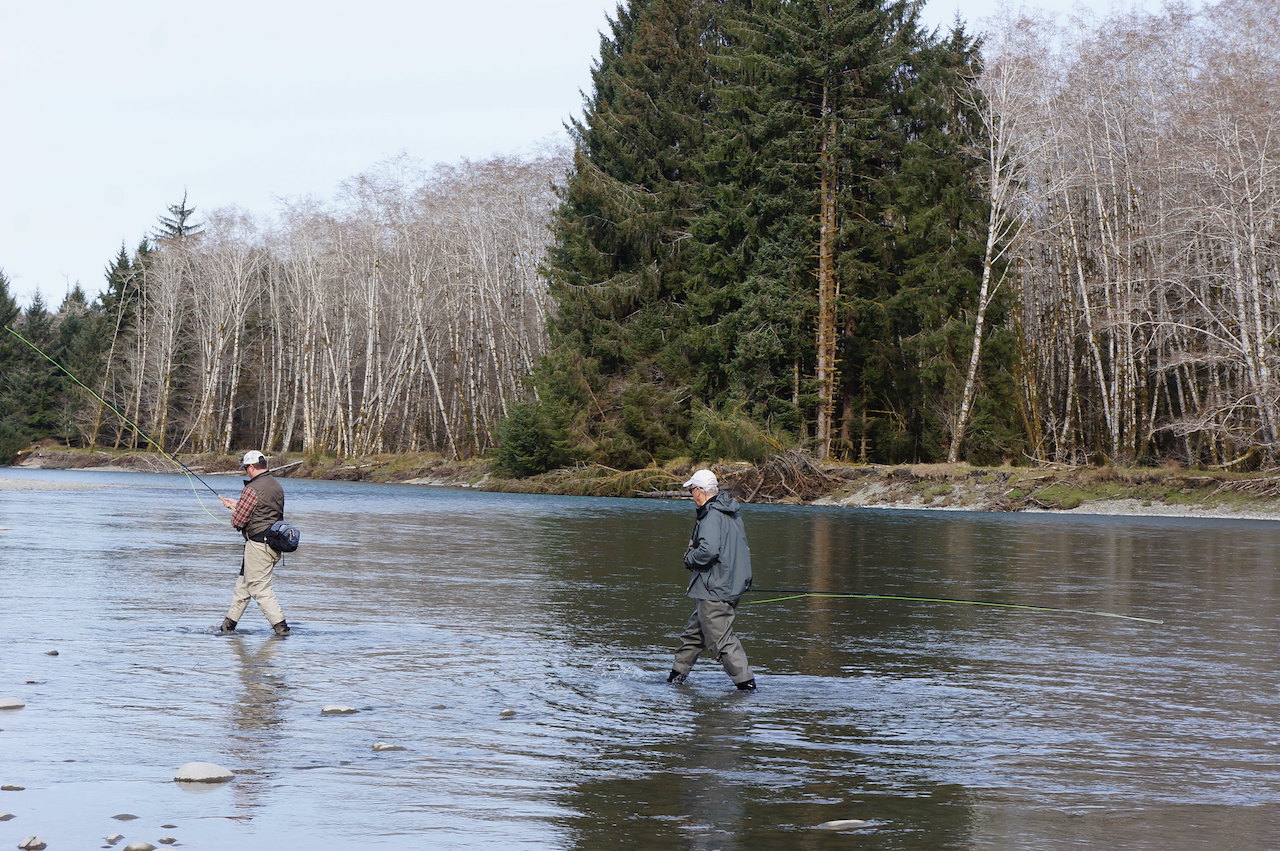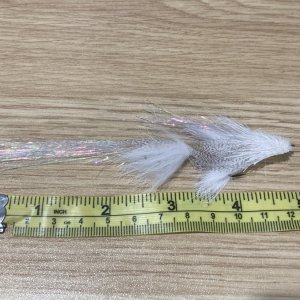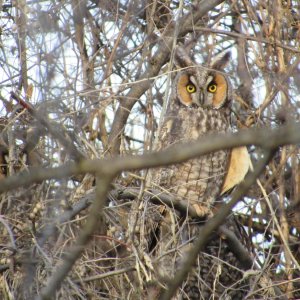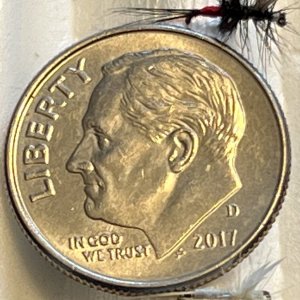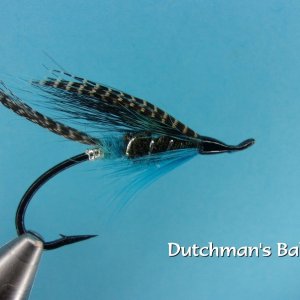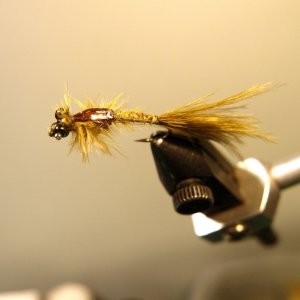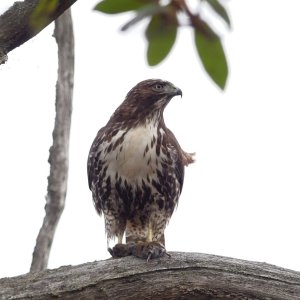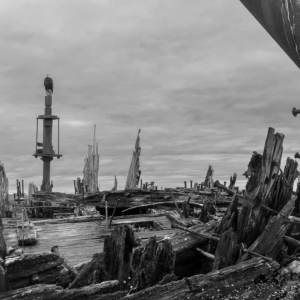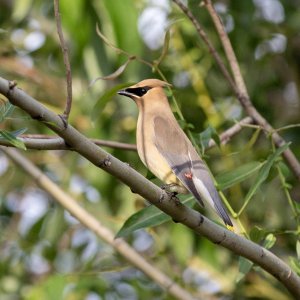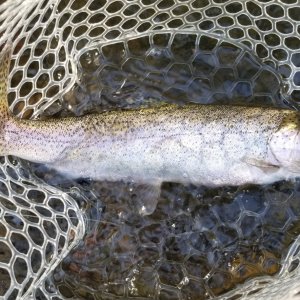My questions are not meant as disagreement but only demonstrate an admitted lack of factual knowledge I'd like to remedy on the subject of tribal fishing and other localized impacts to salmon and steelhead.
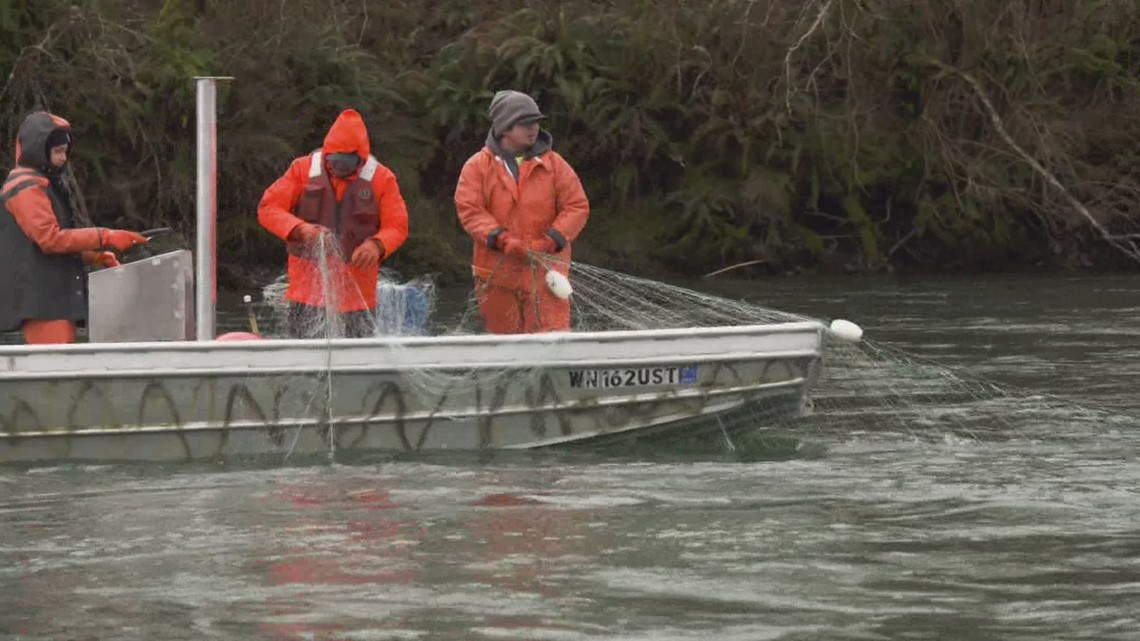
 www.king5.com
Is there empirical evidence (sustained, documented monitoring-observation) that tribal fishing is taking more than "their 50%" on greater than a rare occasion?
www.king5.com
Is there empirical evidence (sustained, documented monitoring-observation) that tribal fishing is taking more than "their 50%" on greater than a rare occasion?
and
Is that a major cause of a continuing decline?
Frankly it boggles my uninformed mind to think of how much land might need to be purchased to have any meaningful impact.
Regarding posts responding to a question; "Is tribal fishing is a major cause of declining (Skagit) fish stocks?" posed on KING TV's FB page , "Kelly Susewind, director of WDFW, said people making these remarks do not understand the process. “I would say honestly that they have it exactly backwards,” Susewind said. “Frankly, it’s just misinformation to believe it’s the tribes’ fault. It’s absolutely not the tribes’ fault.”"I am thinking that you would want WDFW to have been as conservative with the hatchery coho as they were with the hatchery spring kings. Is that what you wish had happened? Should they have exerted some power over the tribe to not take more than their 50%?

Blaming tribal fishing practices for decline in salmon is ‘misinformation,’ Washington officials say
Viewers and online readers have accused tribes of ruining salmon runs due to unfair practices, including the use of gillnets in the rivers.
and
Is that a major cause of a continuing decline?
How big of an impact does this have on any given fishery for the dollars and the effort & passion expended, especially for the Hoh or other westside OP drainages? Are there any locations with fixed boundaries that are identified as year over year spawning grounds or other critical habitat regardless of changes to the river caused by runoff that would benefit from a land purchase?If this thread has done anything, it's to remind me to give some cash to the Hoh river trust or a similar group that protects habitat by purchasing it.
Frankly it boggles my uninformed mind to think of how much land might need to be purchased to have any meaningful impact.

